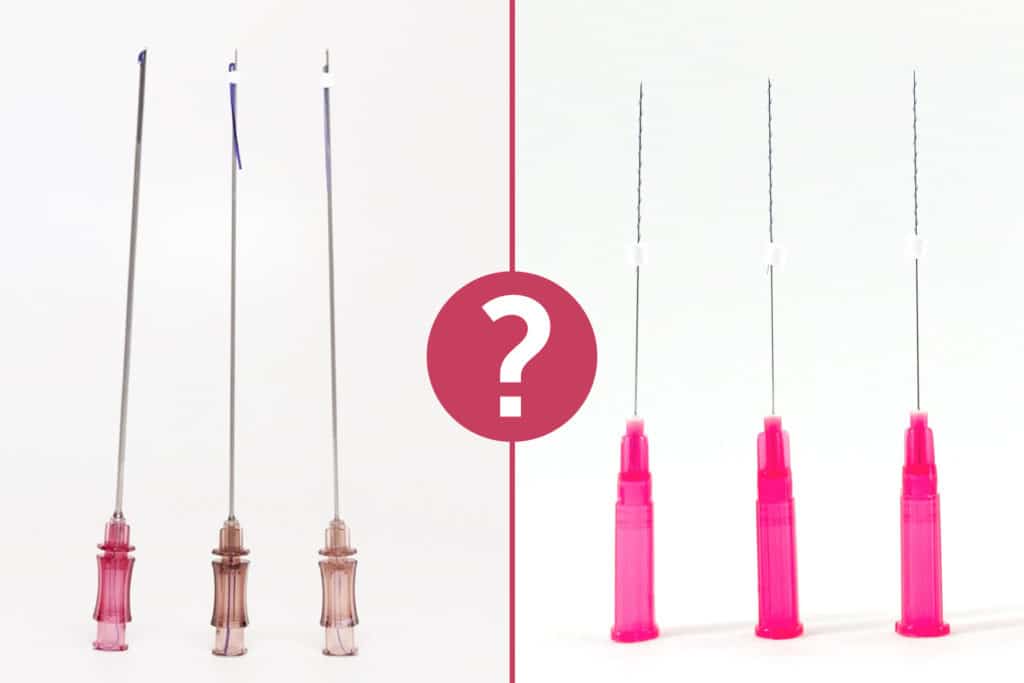
Exosomes: The Rising Star in Aesthetic Medicine
By Crystal Wilson , NP In recent years, the aesthetic industry has witnessed a remarkable shift towards more natural, less invasive treatments. Among the most exciting advancements in this

Find a PDO thread course near you and register today: https://www.facialesthetics.org/courses-events/pdo-thread-courses-events/

By Crystal Wilson , NP In recent years, the aesthetic industry has witnessed a remarkable shift towards more natural, less invasive treatments. Among the most exciting advancements in this

By Kaitlyn Konsur , RN In recent years, the popularity of dermal fillers has increased, promising satisfying results for fine lines, wrinkles, and facial volume loss. With minimal downtime

By Sydney Gatta, RN In the realm of facial aesthetics and rejuvenation, innovative treatments continue to emerge, offering patients a plethora of options to enhance their appearance and combat